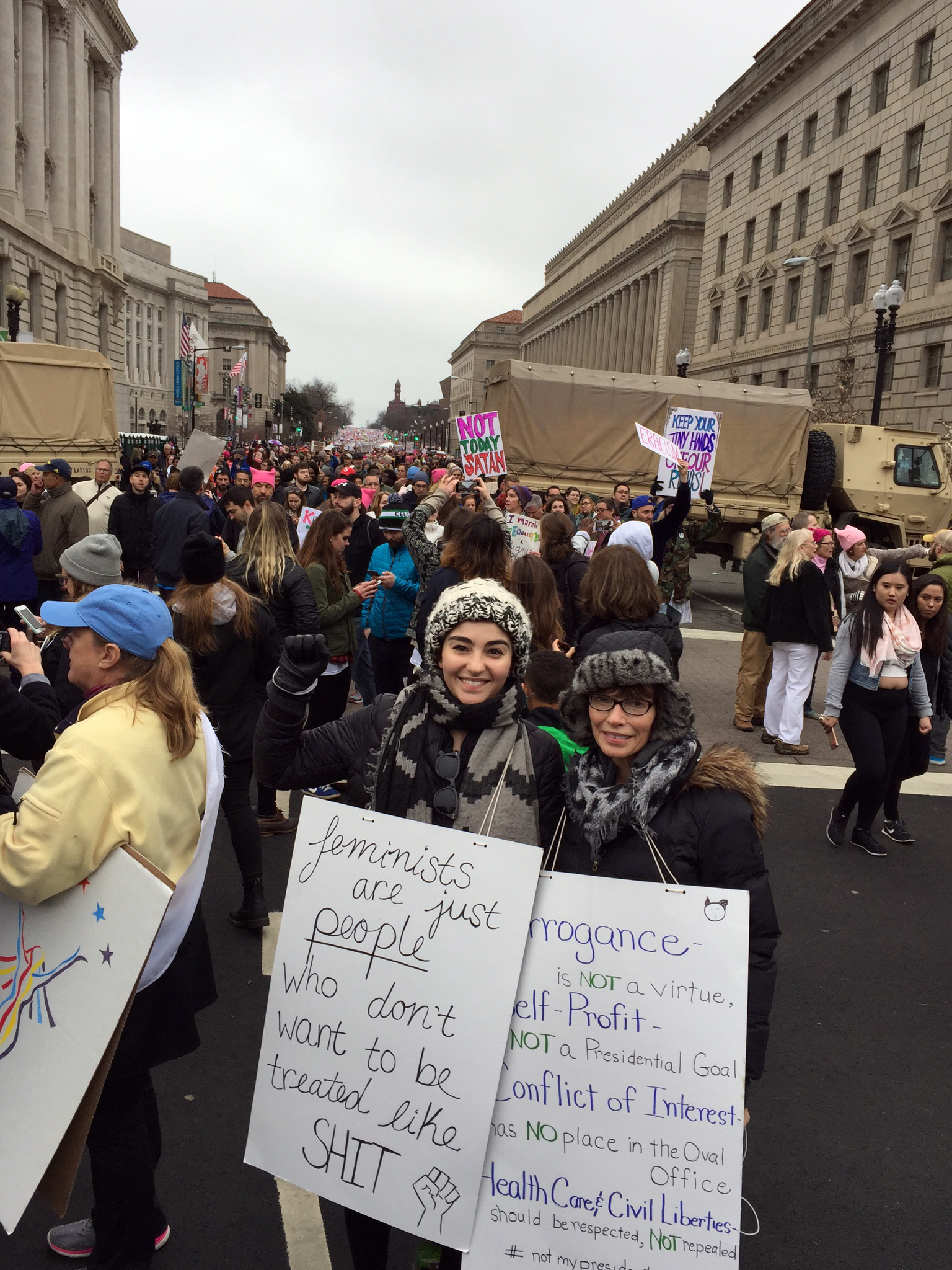
“We’ve never done anything like this before,” my mom told me on Friday evening, as we put the finishing touches on our signs for the Women’s March on Washington. She was talking both about our going to the march together, and each of us protesting for the first time. My mom, a sixty-two year old insurance agent and mother to myself and two stepchildren, told me that she’d been on the younger side of the Baby Boomer generation, just turning eighteen in the early 1970s, when the Vietnam War and the many protests against it were subsiding.
I’d marched down to Zuccotti Park as part of Occupy Wall Street in the fall of 2011, and attended various gatherings in Washington Square Park since the election, but had always felt more like an observer than a participant. I told her tomorrow felt like my fight, my chance to show up for my rights and the rights of my immigrant, LGBTQ, Black, Asian, and Latinx friends. Shortly after, my grandmother, born just three years after the 19th Amendment was passed, called and my mother conveniently left the March and our participation in it out of the conversation, for fear that it would worry her.
When we arrived in Washington D.C. on Saturday morning, the energy was electric. As throngs of people marched from RFK Stadium through the streets, residents came out of their houses, applauding us and welcoming us to D.C. The volunteers and police directing us were friendly and enthusiastic, as were the sanitation workers and truck drivers that honked as they past. A woman with a portable speaker, turntable and mixer guided us, blasting Al Green and The Supremes. My mom was transfixed on the pink pussy hats and exclaiming how badly she wanted one.

While the crowd felt large, there was still space to maneuver around the sidewalks and streets. But, as we crested Capitol Hill, it was clear that we hadn’t seen anything close to a crowd yet. People were streaming in from every street and the intersection at 3rd St SW and Independence Ave, where the March was scheduled to begin, was impassable. We made our way, to the National Mall instead, trying amongst a body-to-body wall of people to inch our way closer to 4th St SW, so that we could glimpse the JumboTron showing the various speakers of the day.
Along the way we met Michele and Laura, another mother-daughter duo who had traveled from New Jersey to march. Laura, 20, was also a first-time marcher and she confessed to me that she was there for her mother, who had fought for her in high school, when her teachers had refused to address her attention-deficit disorder (ADD). “She puts a lot of work in for me and doesn’t get the recognition for it,” Laura said, “Not that guys can’t do the stuff that women do, but I feel like a lot of women are constantly devalued for their work as moms.” Michele told us that she had been at the No Nukes concert protest in 1979 in Battery Park City, and that all she could think about today was the fact that her mother, who passed away four years ago, was there with them. “She was seriously bad ass—she was born before women had the right to vote. She would have gotten this, this would have meant a lot to her. Nana’s with us. She was a fiery lady.” Towards the end of our chat, Michele and Laura spotted a tails up penny on the ground; my mom and I joked that they should pick it up for good luck, but Laura reached down, flipped it over to the heads side, and left it on the ground instead. “That was my mom’s thing,” Michele explained, “Flip it over for the next person.”
By this point, the crowd was growing impatient, chanting “Ready to march! Ready to march!” It was almost 2pm, well past the 1pm start time that had been set by the organizers. Rumors were circulating around the crowd that there was nowhere to march; the route that organizers had intended to take, eastward along Independence Avenue and then up 14th St to the White House, was flooded with people and at a complete standstill. Squashed between the Capitol Building and the Washington Monument, I assured my mom, who was also growing impatient for action, that this was the march: our bodies in this space was just as powerful a statement as moving along Independence Avenue.

As we began talking to the equally impatient around us, we met Susan and her 23-year-old daughter Juliette. Susan, a certified nurse and midwife explained that she had been on her first picket line at three years old, with her aunt who was on strike from a hospital in New York. “It was important for me to bring my daughter, because I had memories of my mother, of us, marching on Washington against the Vietnam War together,” she explained. Susan told us that she was there to protect reproductive and immigrant rights, especially for her low-income and undocumented patients. Juliette told me it was her first protest too, and added that she was there for her trans friends and POC friends. I heard echoes of the conversation I’d had with my mom the evening before. Our mother’s generation was mainly focused on women’s rights, but Juliette and I, and even the Women’s March organizers (albeit late in the game) had expanded this agenda, by recognizing that women’s rights had to explicitly and specifically include POC women, native women, LGBTQIA women, immigrant women, and women with disabilities. If they lost, no woman won. And yet, I was starkly aware in that moment that the majority of the women around me were cis white women. I chose and am choosing to see this optimistically; that cis white women—myself included—are waking up to their privilege and changing their silence into action, not only on January 21st, but in the months and years to come.
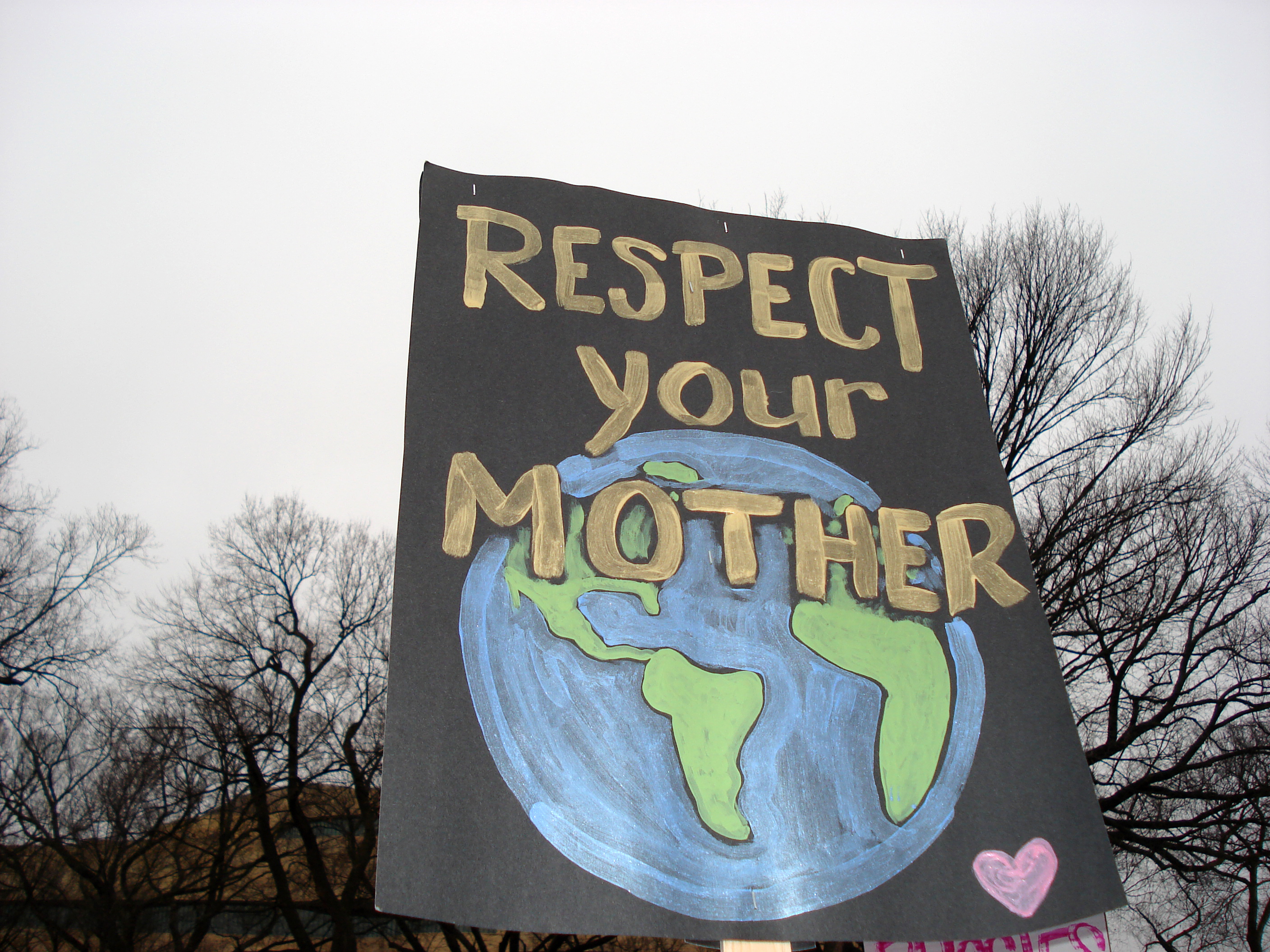
As our conversation ended, people began to flow north, away from the March’s starting point and designated route. “We’re going to the White House! Take whatever streets you can!” we heard one woman exclaim. I was hesitant, but, by this point my mom was whistling and shouting, “We’re coming for you!”. Together we followed the flood of people now walking up 4th, 6th, 7th, 9th, 12th, and 14th St toward Pennsylvania Avenue. A woman in her seventies stood on a stack of barricades, screaming “Tell me what democracy looks like!” with tears in her eyes. A young woman climbed a lamppost and swung from side to side as a raging “Whose House? Our House!” chant emerged from her.
I looked at my mom and we were both tearing up; we climbed up on a larger planter along Pennsylvania Avenue and for the first time, we were able to see the enormity of the crowds. From Pennsylvania Avenue, each north-south street was packed with bodies and blanketed in a sea of pink down to Independence Avenue and all the way to C St. To our left, crowds were gathering around Trump International and we heard loud boo’ing; to our right crowds were fighting the bottleneck at 14th St, trying to continue north to the White House. My mom and I got as close as we could, glimpsing the building from across the South Lawn. Yet again, rumors circulated back to us that the route was barricaded and it wasn’t possible to get much further.
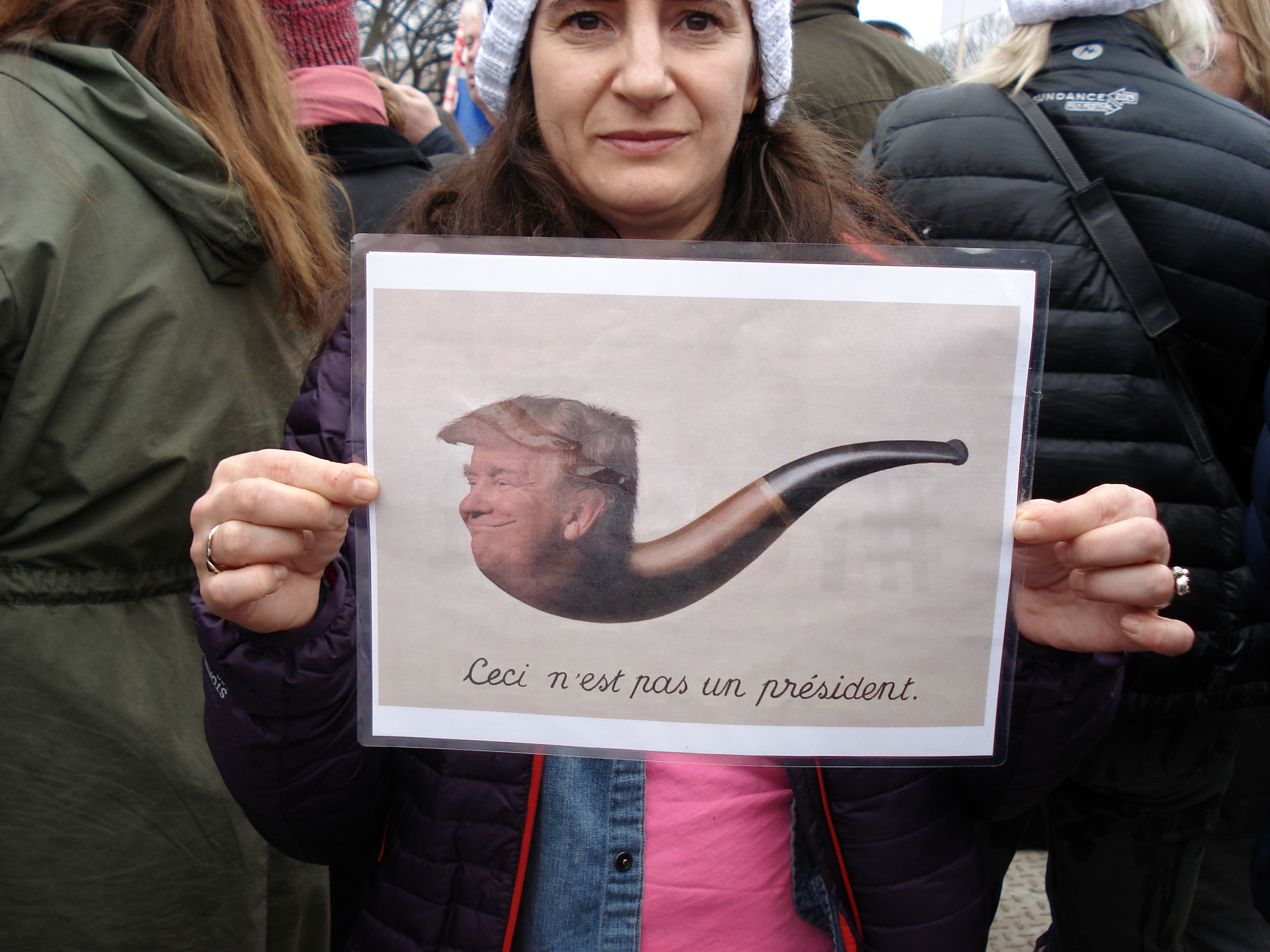
As we turned back, walking to RFK Stadium and our respective bus, people were still flooding towards the White House from all directions. We hurried to make our bus in time for its 4pm departure and I began to think about the legacy of what women hand down to their daughters. We often think of mothers handing down their physical features to their daughters, giving a set of fancy china, a favorite recipe, maybe a wedding dress. But today we had met women who were passing down their voice, their understanding that their presence is powerful, that their activism as women—as people—matters. They were women who understood that movement forward required reaching back and drawing upon the legacy of their mothers—whether to change the story that they had been given or expand upon it to include the voices of others.
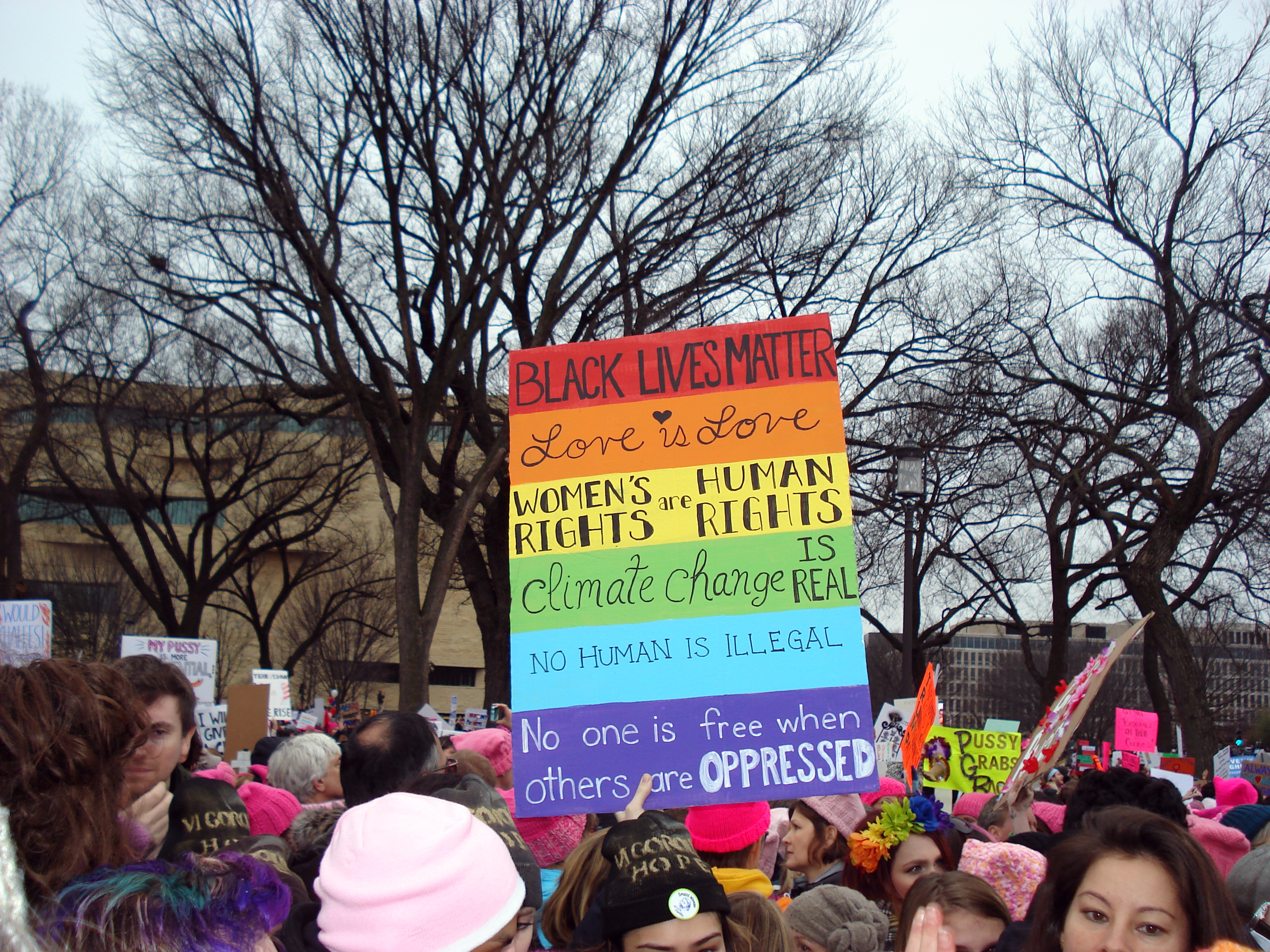
After six hours of standing and shuffling, marching and chanting, my mom and talked about what’s next on the bus ride home. Where do we go from here, as women who are deeply concerned about our rights and the rights of our friends and family? While marching is empowering, it doesn’t change anything, and as first-time activists, how do we continue to make sure our voices are heard? That our needs are considered by those we elect to represent us? I saw a renewed sense of power and purpose in my mom as she talked about calling members of Congress and state Representatives, and finding resources for continued action that could be distributed to the other women on our bus. On Sunday, I asked her if she was going to tell my grandmother that we went to the March. “I told her today” she replied, “She was impressed by us.”
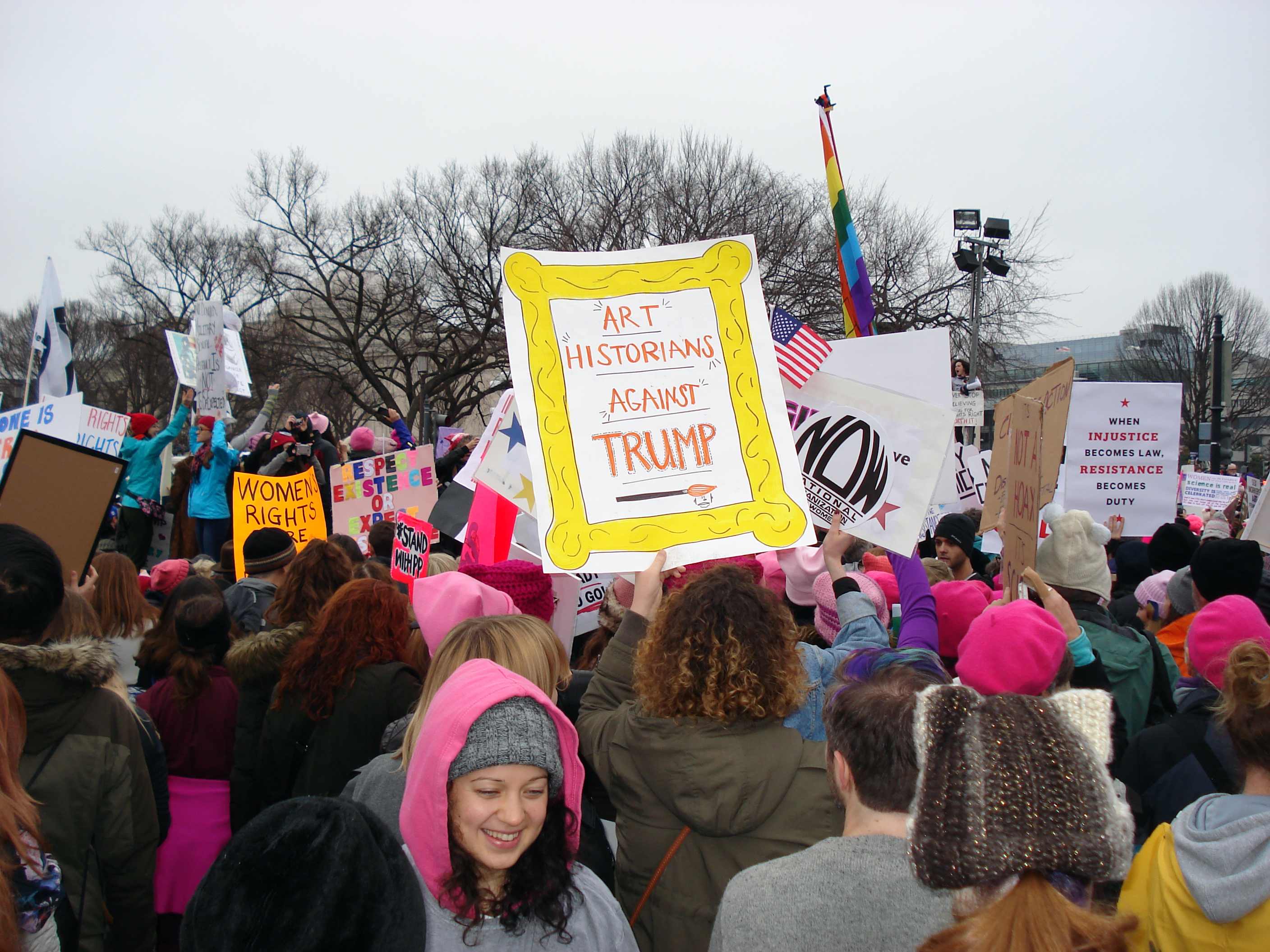
Suggested Post-March Resources:
All photos courtesy of the author.



